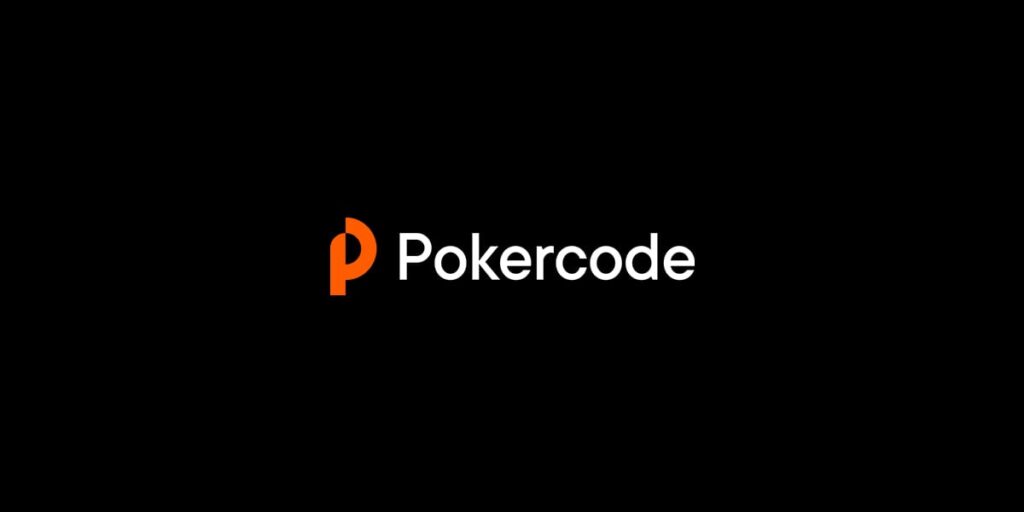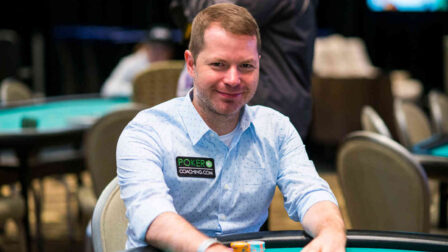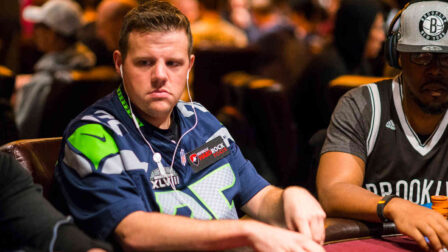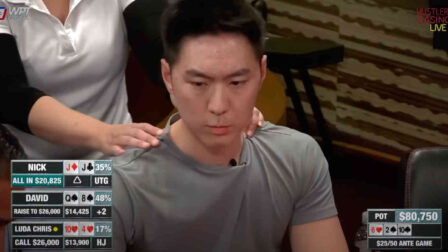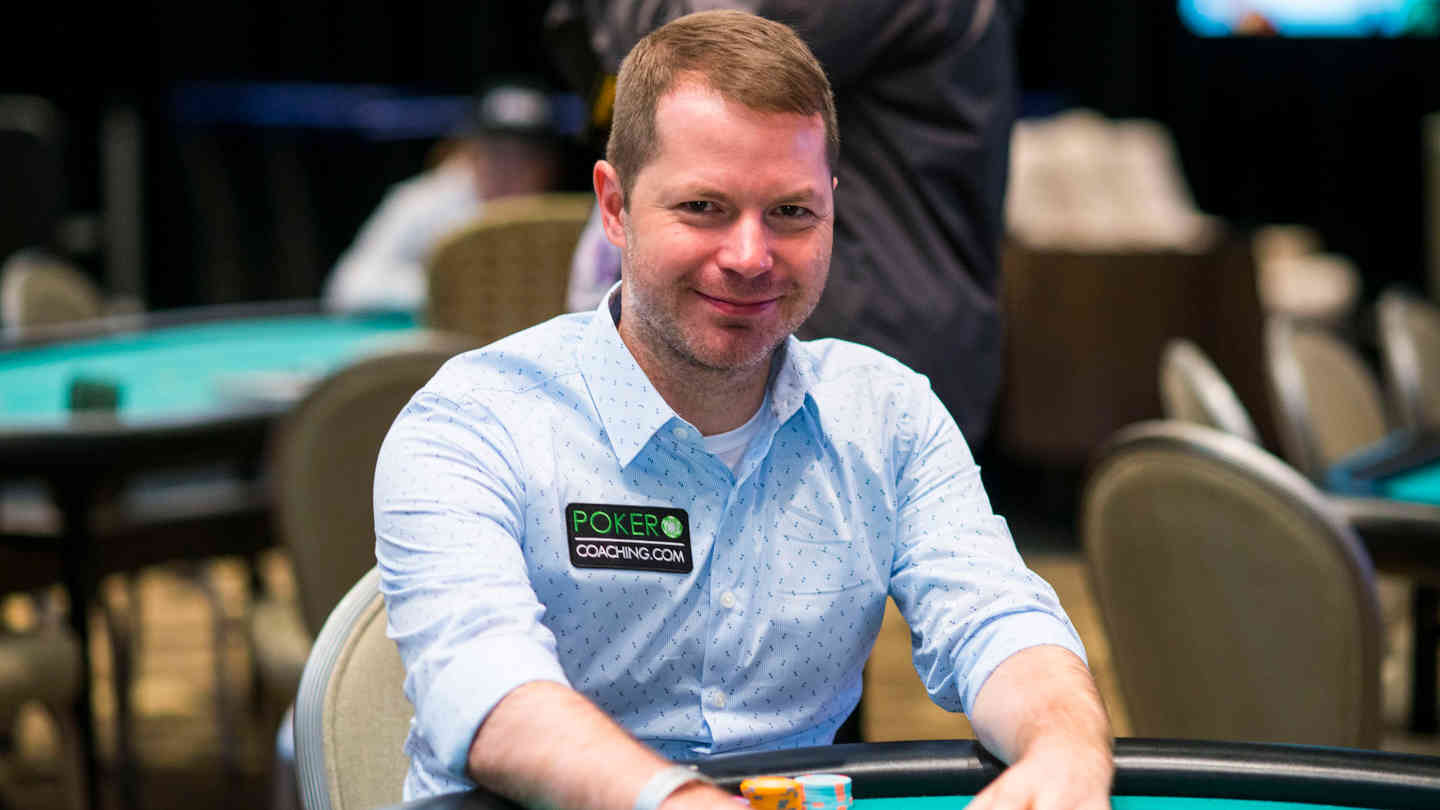Dealing With Preflop Raises When Short Stacked – Expert Tips by Fedor Holz

2 minutes
Last Updated: November 5, 2023
If you want to become a top player in your games, make sure to learn from the best and check pokercode.com
…
In one of my previous articles, I talked about playing against raises when deep-stacked and in position. However, stack sizes constantly fluctuate in tournaments, and you don’t have the option to top up your stack at will.
This means that you’ll also need to master the art of playing the short stack. In today’s article, I’ll address the flip side of the coin and talk about dealing with raises when in position but on a short stack.
There is a clear decrease in our positional advantage in these scenarios, as we have fewer chips to work with. The stack-to-pot ratio after the flop is smaller as well, further lowering the positional advantage.
No Room for Three-Street Poker
Once you become a short stack, the first thing to understand is that there is basically no room to play poker across all three streets anymore.
In fact, as stacks get shorter, you’ll face an increased number of preflop all-ins.
Flat calling becomes a smaller part of our overall strategy. Let’s look at an example of facing an EP raise sitting in a HJ with 20 big blinds effective.
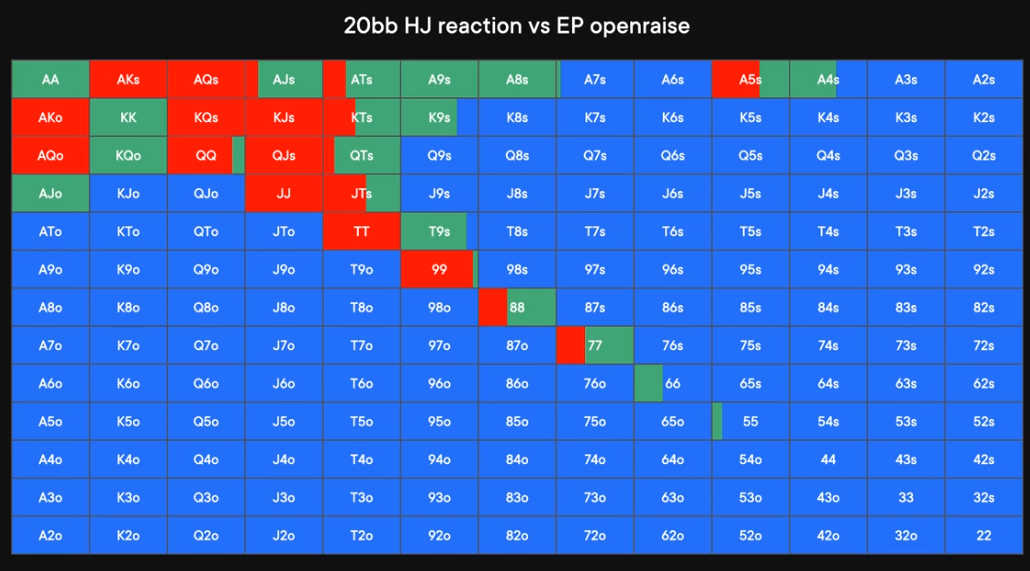
You’ll notice that the calling range consists of a mix of some very strong poker hands (such as aces and kings) and some suited broadways and suited aces.
Having these strong hands in these spots is very important. It not only protects your range, but it also increases the overall EV of your strategy when players left to act decide to move all in.
As positions get later, such as CO vs. BTN, our 3-bet shoving range will increase, while there will be fewer hands we’ll want to flat-call with. It’s important to still keep pocket aces and kings in that calling range, though, primarily for protection purposes.
Additionally, blinds will have a higher frequency of re-jams, which increases the value of having these very strong hands in the flatting range.
My Personal Exploits
The main reason behind any adjustments I might make at the tables will be the opening ranges. I will deviate from the GTO strategy depending on what a particular opponent is doing and what’s my perception of them.
Against players I perceive as tighter, I’ll have a smaller number of calls, and my overall continuing range against them will be narrower.
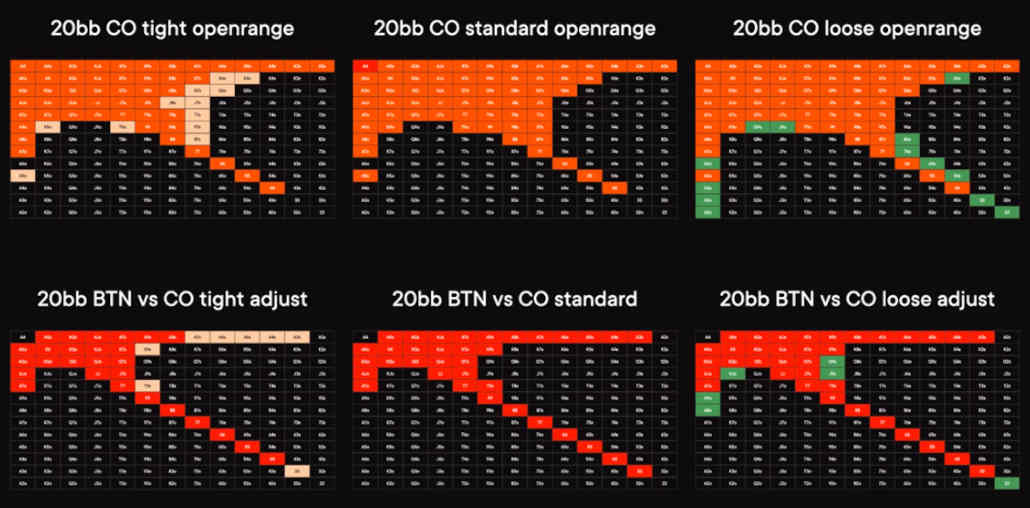
Playing against aggressive opponents, I’ll look to add some extra hands to the overall range and increase my 3-bet frequency.
One final thing to take into account when making these adjustments is how the opponent reacts to them.
If they are aggressive with their opens but also call too much, you will have to be more cautious with your 3-bet shoves. Conversely, against someone who folds too much, you can have a more liberal 3-bet strategy.
These are a few of the most important things to consider when facing a raise short-stacked and in position. Stay focused while playing, and always be aware of the effective stack sizes around you to be able to implement these adjustments correctly.



